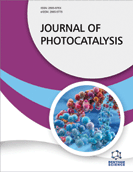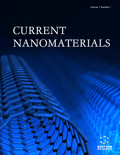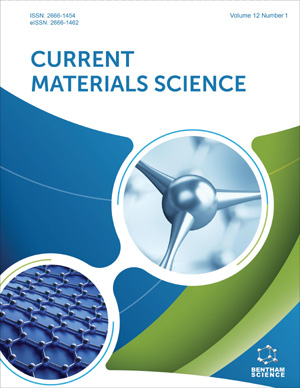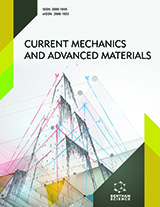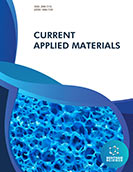Abstract
In this mini-review, the problem of effective elimination of perfluorinated organic micropollutants from aquatic environment has been touched. The extraordinary chemical stability of common perfluorinated organic surfactants results in unsatisfactory efficiency of conventional treatment processes, which opens perspectives for photocatalytic methods - especially for reductivedehalogenation. To tackle this challenge by photocatalysis one have to be aware of objective, physical limits set by very nature of the reduction process, electronic structure chemical stability, and formulation of the catalyst as well as emission characteristic of the light source. The paper provides some clues for rational design of reductive-dehalogenation oriented photolytic systems, which are derived on the basis of physical principles, and, rather sparse, experimental examples.
Keywords: Reductive dehalogenation, advanced oxidation processes, advanced reduction processes, persistent organic pollutants, perfluorinated organic surfactants, halogenated flame retardants.
Graphical Abstract
Journal of Photocatalysis
Title:Reductive Dehalogenation – Challenges of Perfluorinated Organics
Volume: 2
Author(s): Joanna Kisała, Jakub Goclon and Dariusz Pogocki*
Affiliation:
- Institute of Nuclear Chemistry and Technology, Dorodna 16, 03-195 Warsaw,Poland
Keywords: Reductive dehalogenation, advanced oxidation processes, advanced reduction processes, persistent organic pollutants, perfluorinated organic surfactants, halogenated flame retardants.
Abstract: In this mini-review, the problem of effective elimination of perfluorinated organic micropollutants from aquatic environment has been touched. The extraordinary chemical stability of common perfluorinated organic surfactants results in unsatisfactory efficiency of conventional treatment processes, which opens perspectives for photocatalytic methods - especially for reductivedehalogenation. To tackle this challenge by photocatalysis one have to be aware of objective, physical limits set by very nature of the reduction process, electronic structure chemical stability, and formulation of the catalyst as well as emission characteristic of the light source. The paper provides some clues for rational design of reductive-dehalogenation oriented photolytic systems, which are derived on the basis of physical principles, and, rather sparse, experimental examples.
Export Options
About this article
Cite this article as:
Kisała Joanna , Goclon Jakub and Pogocki Dariusz*, Reductive Dehalogenation – Challenges of Perfluorinated Organics, Journal of Photocatalysis 2021; 2 (4) . https://dx.doi.org/10.2174/2665976X02666211117115318
| DOI https://dx.doi.org/10.2174/2665976X02666211117115318 |
Print ISSN 2665-976X |
| Publisher Name Bentham Science Publisher |
Online ISSN 2665-9778 |
 10
10
- Author Guidelines
- Bentham Author Support Services (BASS)
- Graphical Abstracts
- Fabricating and Stating False Information
- Research Misconduct
- Post Publication Discussions and Corrections
- Publishing Ethics and Rectitude
- Increase Visibility of Your Article
- Archiving Policies
- Peer Review Workflow
- Order Your Article Before Print
- Promote Your Article
- Manuscript Transfer Facility
- Editorial Policies
- Allegations from Whistleblowers
- Announcements


